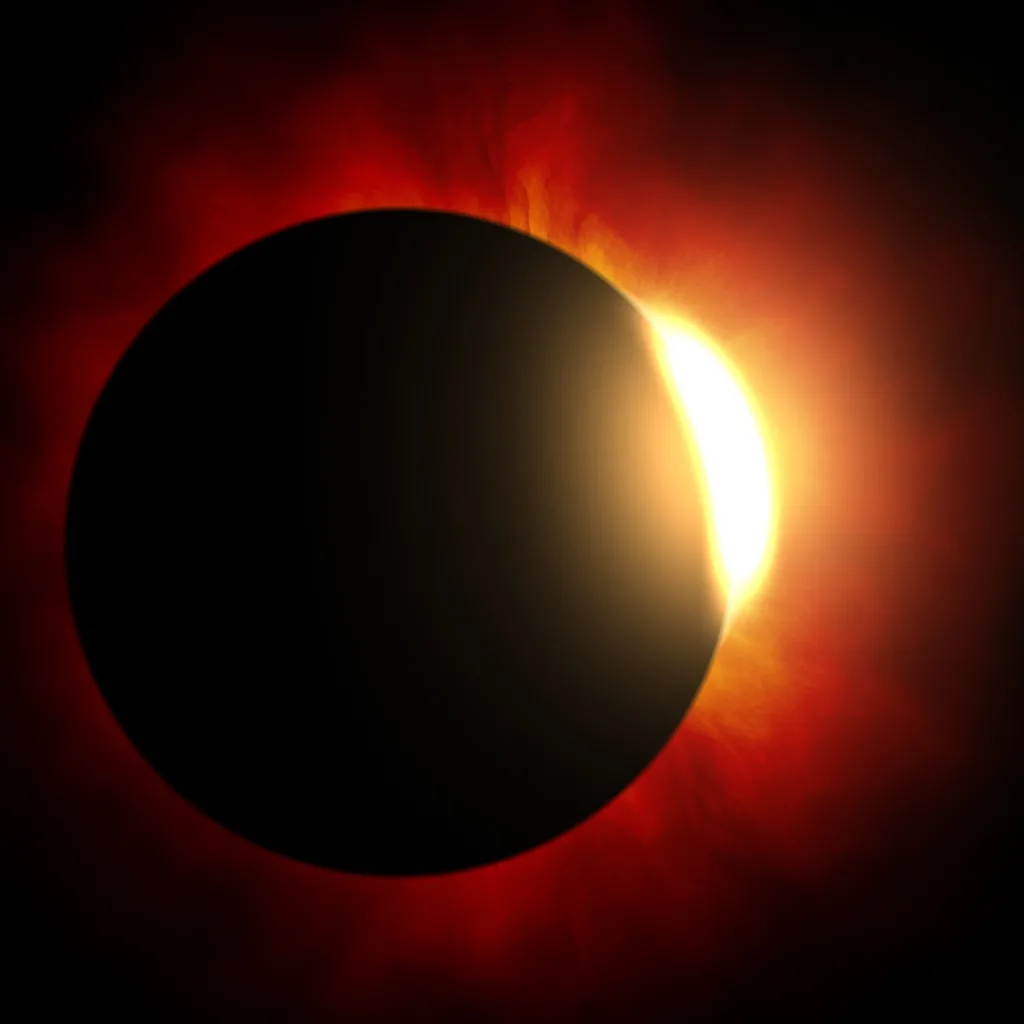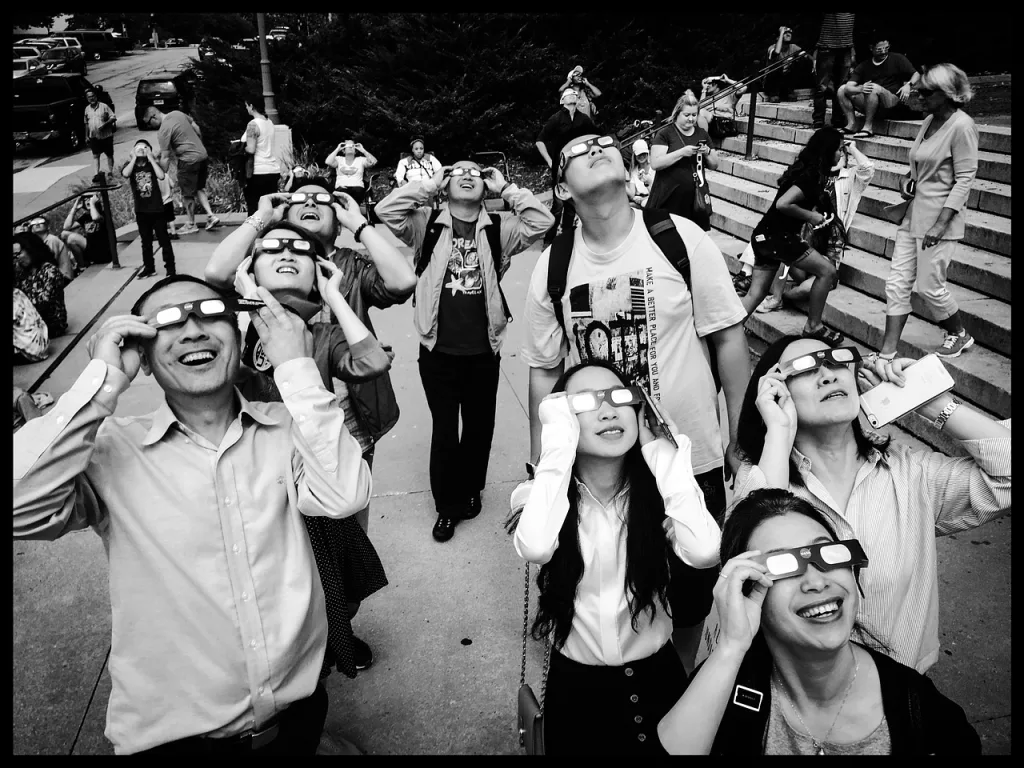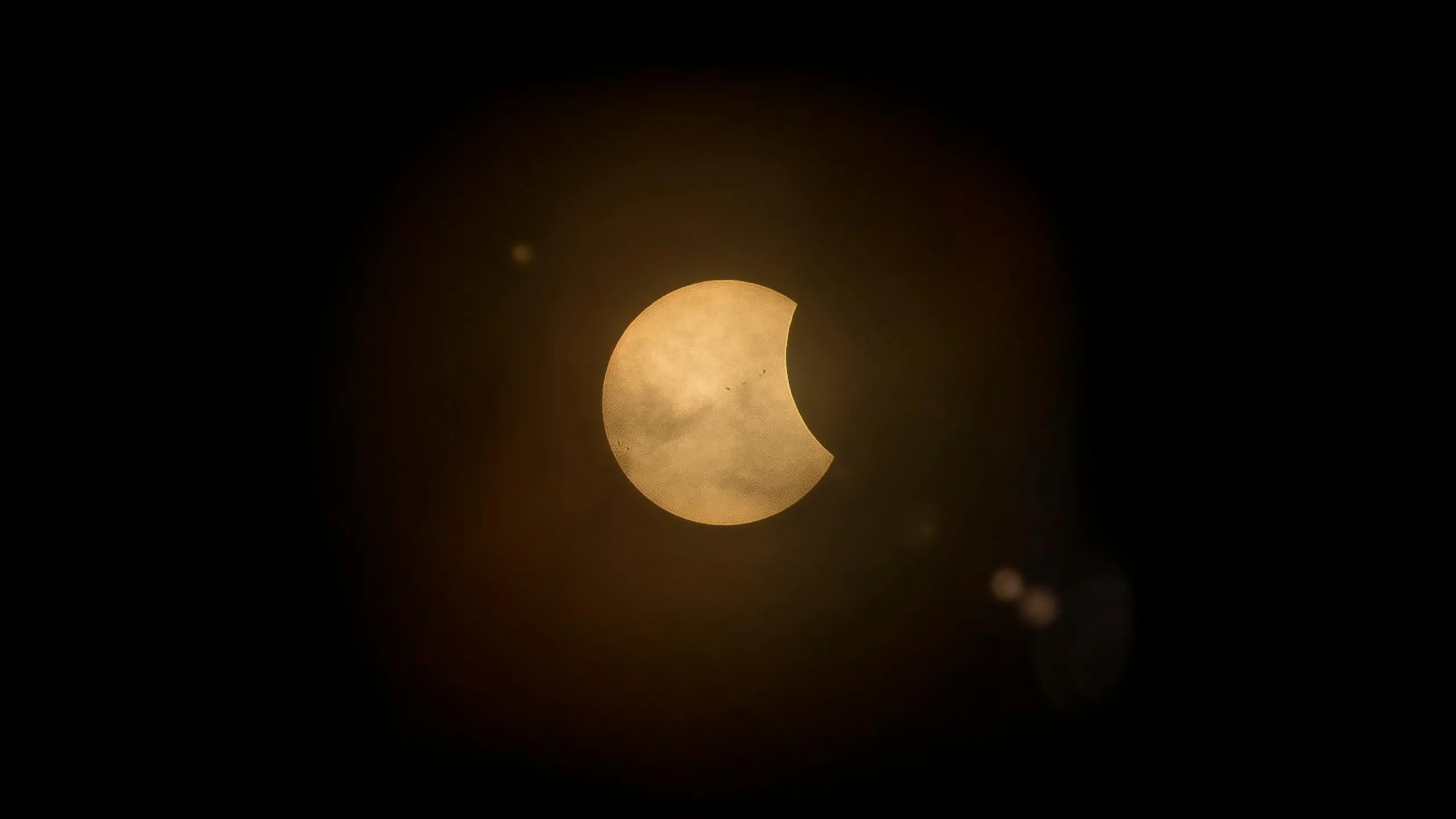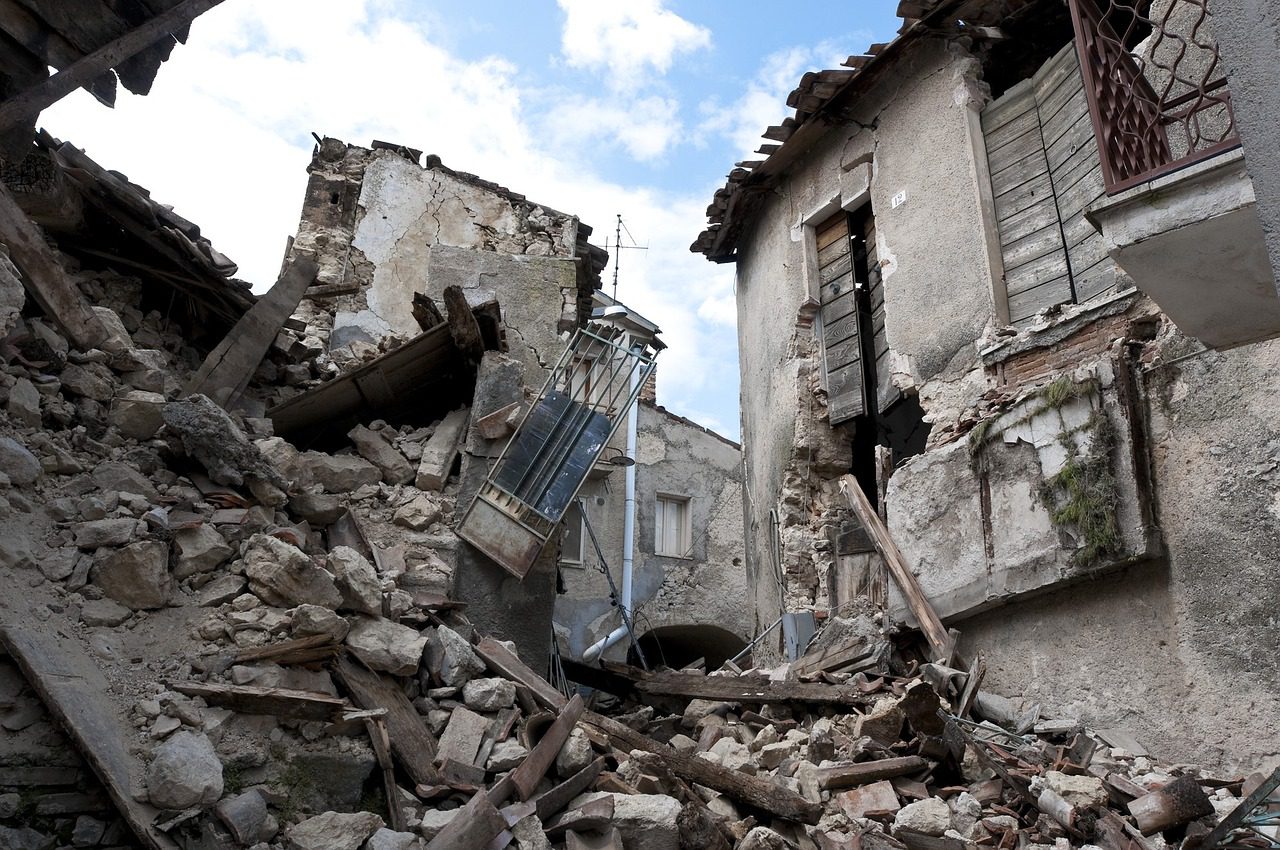Introduction: A Rare Celestial Dance
On March 29, 2025, the Moon will glide between the Earth and the Sun, casting its shadow across our planet and gifting skywatchers with a breathtaking partial solar eclipse. While not as dramatic as a total eclipse, this event offers a rare opportunity to witness the cosmos in motion. Whether you’re an astronomy enthusiast or a casual observer, this guide from Kalikablogs.com will prepare you to safely enjoy and photograph this phenomenon.
In this article, we’ll cover:
- What makes this eclipse unique
- Where and when to see it
- Safety precautions for viewing
- Tips for capturing stunning photos
- The science and cultural significance of eclipses
Let’s dive in!
1. What is a Partial Solar Eclipse?

A partial solar eclipse occurs when the Moon covers only a portion of the Sun’s disk, leaving a mesmerizing “celestial bite.” Unlike a total eclipse, where the Sun is entirely obscured, a partial eclipse requires special eyewear to observe safely.
Why March 29, 2025, Stands Out:
This eclipse is part of Saros Cycle 149, a recurring pattern of eclipses that repeats every 18 years. While the 2025 event won’t be total, it will still cast a significant shadow over parts of the Northern Hemisphere, with the Moon covering up to 60% of the Sun in some regions.
2. Where Will the Eclipse Be Visible?
The March 29, 2025, partial solar eclipse will be visible across North America, Europe, and parts of North Africa and Asia. The best views will be in regions closer to the eclipse’s “path of maximum coverage,” which includes:
- North America: Northern U.S. states (Montana, North Dakota), Canada (Alberta, Saskatchewan)
- Europe: United Kingdom, Ireland, Norway, Sweden
- Asia: Northwestern Russia
Pro Tip: Use interactive tools like NASA’s Eclipse Explorer or TimeandDate.com to check visibility in your area.
3. Eclipse Timings: Don’t Miss the Window
Timings vary by location. Below are key moments (in Universal Time, UTC) for major cities:
| City | Eclipse Start | Maximum Eclipse | End |
|---|---|---|---|
| London, UK | 09:45 UTC | 10:32 UTC | 11:20 UTC |
| Oslo, Norway | 10:01 UTC | 10:55 UTC | 11:50 UTC |
| Calgary, Canada | 15:10 UTC | 16:02 UTC | 16:52 UTC |
Convert to Your Time Zone: Use Time Zone Converter to plan your viewing.
4. Safety First: How to View the Eclipse

Never look directly at the Sun without protection—even during a partial eclipse. Here’s how to stay safe:
- ISO-Certified Solar Glasses: Ensure they meet the ISO 12312-2 standard. Purchase from reputable vendors like Eclipse Glasses USA.
- Pinhole Projectors: Create a DIY viewer to project the Sun’s image onto a surface.
- Telescopes with Solar Filters: Use filters designed for solar observation (e.g., Thousand Oaks Optical).
Myth Busting: Clouds don’t protect your eyes! UV rays can still cause retinal damage.
5. Photography Guide: Capture the Moment
Photographing a partial eclipse requires preparation. Here’s how to nail the shot:
- Gear: Use a DSLR camera with a telephoto lens (200mm+) and a solar filter.
- Settings: Start with ISO 100, aperture f/8, and shutter speed 1/1000s. Adjust as needed.
- Composition: Include landmarks (trees, buildings) for scale.
Pro Tip: Practice beforehand! Test your setup on the Sun a few days prior.
For in-depth tutorials, check out our guide: How to Photograph Solar Eclipses.
6. The Science Behind Solar Eclipses
Solar eclipses occur due to the precise alignment of the Sun, Moon, and Earth. Here’s why they’re scientifically valuable:
- Studying the Solar Corona: During total eclipses, the Sun’s outer atmosphere becomes visible. While this eclipse is partial, researchers still gather data on solar activity.
- Earth’s Atmosphere: Eclipses cause temporary temperature drops, offering insights into climate behavior.
Did You Know? The Moon is slowly drifting away from Earth, meaning total eclipses will cease in about 600 million years!
7. Cultural and Historical Significance
Eclipses have fascinated humans for millennia:
- Ancient Myths: The Vikings believed eclipses were caused by wolves chasing the Sun.
- Modern Science: Einstein’s theory of relativity was confirmed during a 1919 eclipse.
In 2025, join millions in celebrating this blend of science and wonder.
8. How to Engage with the Eclipse Community
- Join a Local Event: Universities and astronomy clubs often host viewing parties. Find one near you via NASA’s Eclipse Events.
- Citizen Science Projects: Contribute to research by reporting eclipse observations to Eclipse Megamovie.
Conclusion: Prepare for the Celestial Show
The March 29, 2025, partial solar eclipse is a reminder of our place in the universe—a chance to pause, look up, and marvel at cosmic precision. By planning ahead, prioritizing safety, and sharing the experience, you’ll turn this event into a lifelong memory.
Final Checklist:
- Mark your calendar with local timings
- Order ISO-certified glasses
- Charge your camera batteries
Stay tuned to Kalikablogs.com for more astronomy guides, and don’t forget to share your eclipse photos with us on social media!
FAQ Section
Q: Can I use sunglasses to view the eclipse?
A: No! Regular sunglasses don’t block enough sunlight. Use ISO-certified eclipse glasses.
Q: What if it’s cloudy on March 29?
A: You can still experience the eclipse via live streams like TimeandDate’s YouTube Channel.
Q: When is the next total solar eclipse?
A: August 12, 2026—visible in Spain, Iceland, and Greenland.




